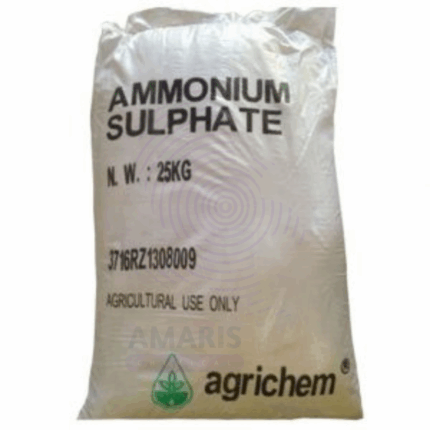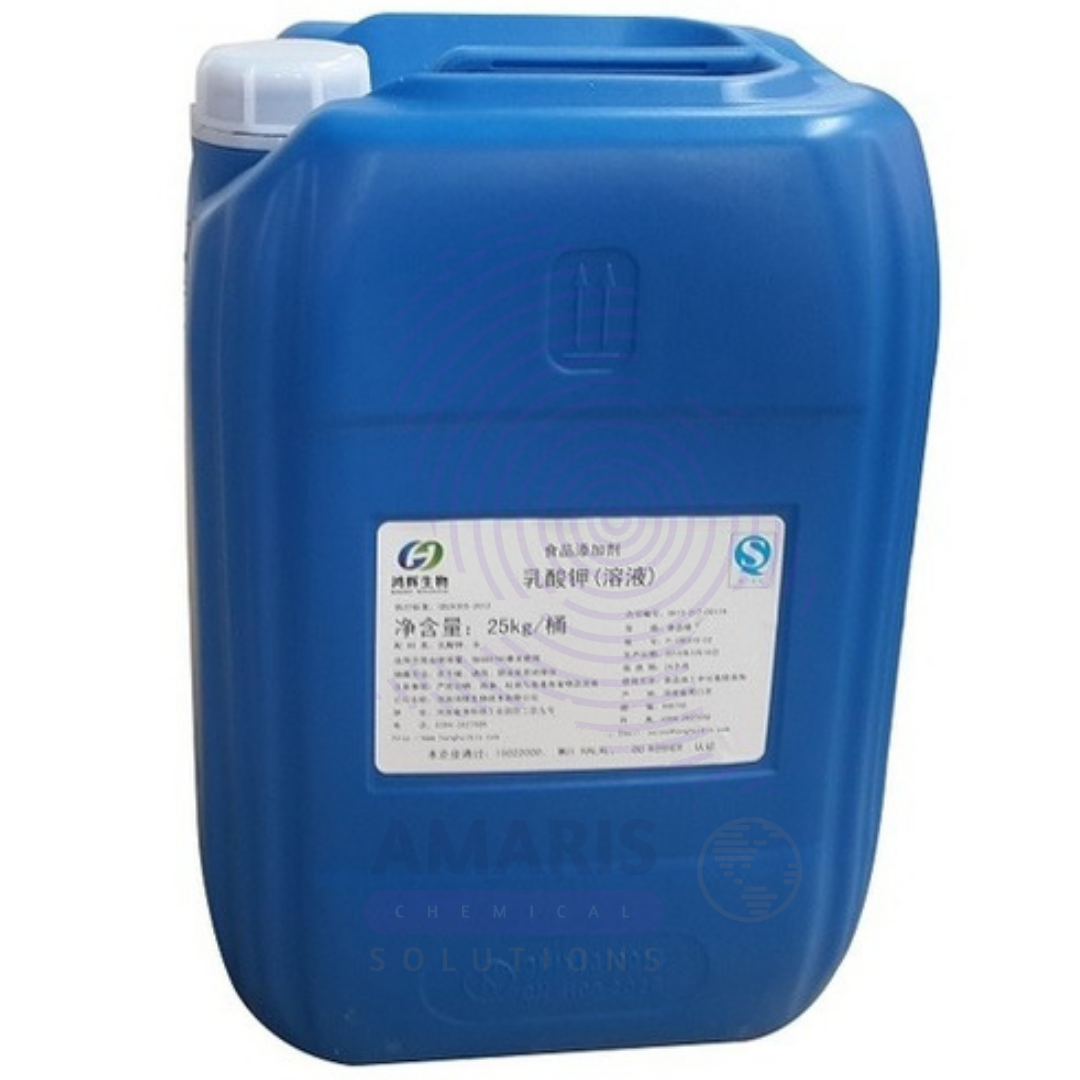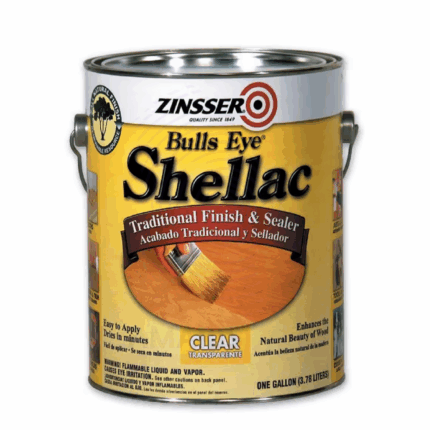
Ammonium Lactate
$ 8.00 Original price was: $ 8.00.$ 7.78Current price is: $ 7.78.
Ammonium Lactate is the ammonium salt of lactic acid, appearing as a clear, hygroscopic liquid or syrupy solution. It is widely used in pharmaceutical, cosmetic, and food industries primarily for its moisturizing, pH adjusting, and antimicrobial properties. In topical formulations, it acts as a keratolytic agent to help exfoliate and hydrate skin, making it popular in treatments for dry, scaly, or ichthyotic skin conditions. Its biocompatibility and mild acidic nature make it a versatile ingredient in various industrial and personal care products.
Ammonium Lactate
Primary Uses
Pharmaceutical & Dermatological Applications
- Used in topical formulations such as creams, lotions, and gels to treat xerosis (dry skin), ichthyosis, and keratosis pilaris.
- Acts as a humectant and exfoliant by promoting skin hydration and mild exfoliation of dead skin cells.
- Incorporated in moisturizers to improve skin softness and elasticity.
- Sometimes used in anti-aging and acne treatment products.
Cosmetics & Personal Care
- Added to lotions, body washes, shampoos, and conditioners as a moisturizing agent.
- Adjusts pH to maintain skin-friendly levels in formulations.
- Enhances product stability and effectiveness.
Food Industry
- Occasionally used as a food additive for pH regulation or as a flavor enhancer, though less common than lactic acid itself.
- May be found in fermented food processing or preservation.
Secondary Uses
Chemical & Industrial Uses
- Used as a pH buffer and stabilizer in various chemical processes.
- Can act as a biodegradable acidulant in cleaning and detergent formulations.
Agricultural Uses
- Employed in certain formulations for soil pH adjustment or as a biodegradable additive in fertilizers.
Pharmaceutical Manufacturing
- Utilized in some drug formulations as a stabilizer or pH adjuster.
1. Basic Identification Attributes
- Chemical Name (IUPAC): Ammonium 2-hydroxypropanoate
- Common/Trade Names: Ammonium Lactate
- CAS Number: 78391-02-7
- HS Code: 2918.15.00
- Molecular Formula: C3H7NO3
- Synonyms: Ammonium 2-hydroxypropionate
2. Physical & Chemical Properties
- Physical State: Clear, colorless to slightly yellowish viscous liquid or syrup
- Odor: Mild, characteristic lactic acid odor
- Melting Point: Not applicable (liquid)
- Boiling Point: Approx. 200–220°C (decomposes)
- Density: ~1.1 g/cm³
- Solubility: Fully miscible with water; soluble in alcohol
- pH Level: Slightly acidic to neutral (typically 3.5–4.5 in solution)
- Vapor Pressure: Low
- Flash Point: Non-flammable
- Stability: Stable under normal storage conditions; sensitive to prolonged heat and light
3. Safety & Hazard Attributes
- Hazard Class (GHS): Generally regarded as safe; mild irritant
- NFPA Ratings: Health 1, Flammability 0, Reactivity 0
- Exposure Limits: No established occupational exposure limits; low toxicity
- Reactivity: Stable; no hazardous reactions under normal conditions
- Incompatible Materials: Strong oxidizers, strong acids, and bases
4. Storage & Handling Attributes
- Storage Conditions: Store in a cool, dry place away from direct sunlight and heat sources
- Container Type: Sealed plastic or glass containers recommended
- Shelf Life: Typically 2–3 years if stored properly
- Special Handling: Use protective gloves and eyewear when handling concentrated solutions
5. Regulatory & Compliance Attributes
- Regulatory Status: Approved for cosmetic and pharmaceutical use in many countries
- FDA (USA): Generally recognized as safe (GRAS) for cosmetic use
- REACH (EU): Registered chemical substance
- Transportation: Not classified as hazardous for transport
- Waste Disposal: Dispose according to local regulations; biodegradable
6. Environmental & Health Impact
- Ecotoxicity: Low toxicity to aquatic life
- Persistence: Biodegradable under aerobic conditions
- Carcinogenicity: Not carcinogenic or mutagenic
Biodegradability: Readily biodegradable
-
Safety Handling Precautions
- PPE: Wear gloves and safety goggles to avoid skin and eye contact with concentrated solutions.
- Handling: Avoid inhaling vapors; handle in well-ventilated areas.
- Storage: Keep containers tightly closed; store away from incompatible substances.
- Hygiene: Wash hands thoroughly after handling; avoid ingestion or contact with eyes.
First Aid Measures
- Inhalation: Move to fresh air; seek medical attention if respiratory irritation occurs.
- Skin Contact: Rinse affected area with water; remove contaminated clothing; seek medical advice if irritation persists.
- Eye Contact: Flush eyes with plenty of water for at least 15 minutes; consult a physician if irritation continues.
- Ingestion: Rinse mouth; drink water; seek medical attention if large amounts ingested.
Firefighting Measures
- Fire Hazards: Non-flammable and non-combustible; may emit irritating fumes if heated to decomposition.
- Extinguishing Media: Use water spray, foam, dry chemical, or CO₂ to extinguish surrounding fires.
Special Precautions: Firefighters should wear protective gear to avoid inhalation of fumes.


 Preservatives(food)
Preservatives(food) Flavor Enhancers
Flavor Enhancers Acidulants
Acidulants Sweeteners
Sweeteners Antioxidants
Antioxidants Colorants(food)
Colorants(food) Nutraceutical Ingredients (food)
Nutraceutical Ingredients (food) Nutrient Supplements
Nutrient Supplements Emulsifiers
Emulsifiers
 Collectors
Collectors Dust Suppressants
Dust Suppressants Explosives and Blasting Agents
Explosives and Blasting Agents Flocculants and Coagulants
Flocculants and Coagulants Frothers
Frothers Leaching Agents
Leaching Agents pH Modifiers
pH Modifiers Precious Metal Extraction Agents
Precious Metal Extraction Agents
 Antioxidants(plastic)
Antioxidants(plastic) Colorants (Pigments, Dyes)
Colorants (Pigments, Dyes) Fillers and Reinforcements
Fillers and Reinforcements Flame Retardants
Flame Retardants Monomers
Monomers Plasticizers
Plasticizers Polymerization Initiators
Polymerization Initiators Stabilizers (UV, Heat)
Stabilizers (UV, Heat)
 Antifoaming Agents
Antifoaming Agents Chelating Agents
Chelating Agents Coagulants and Flocculants
Coagulants and Flocculants Corrosion Inhibitors
Corrosion Inhibitors Disinfectants and Biocides
Disinfectants and Biocides Oxidizing Agents
Oxidizing Agents pH Adjusters
pH Adjusters Scale Inhibitors( water)
Scale Inhibitors( water)
 Antioxidants(cosmetic)
Antioxidants(cosmetic) Emollients
Emollients Fragrances and Essential Oils
Fragrances and Essential Oils Humectants
Humectants Preservatives
Preservatives Surfactants(cosmetic)
Surfactants(cosmetic) Thickeners
Thickeners UV Filters
UV Filters
 Fertilizers
Fertilizers Soil Conditioners
Soil Conditioners Plant Growth Regulators
Plant Growth Regulators Animal Feed Additives
Animal Feed Additives Biostimulants
Biostimulants Pesticides (Herbicides, Insecticides, Fungicides)
Pesticides (Herbicides, Insecticides, Fungicides)
 Active Pharmaceutical Ingredients (APIs)
Active Pharmaceutical Ingredients (APIs) Excipients
Excipients Solvents(pharmaceutical)
Solvents(pharmaceutical) Antibiotics
Antibiotics Antiseptics and Disinfectants
Antiseptics and Disinfectants Vaccine Adjuvants
Vaccine Adjuvants Nutraceutical Ingredients (pharmaceutical)
Nutraceutical Ingredients (pharmaceutical) Analgesics & Antipyretics
Analgesics & Antipyretics
 Analytical Reagents
Analytical Reagents Solvents(lab)
Solvents(lab) Chromatography Chemicals
Chromatography Chemicals Spectroscopy Reagents
Spectroscopy Reagents microbiology-and-cell-culture-reagents
microbiology-and-cell-culture-reagents Molecular Biology Reagents
Molecular Biology Reagents Biochemical Reagents
Biochemical Reagents Inorganic and Organic Standards
Inorganic and Organic Standards Laboratory Safety Chemicals
Laboratory Safety Chemicals Specialty Laboratory Chemicals(Special Laboratory Equipment)
Specialty Laboratory Chemicals(Special Laboratory Equipment)
 Demulsifiers
Demulsifiers Hydraulic Fracturing Fluids
Hydraulic Fracturing Fluids Scale Inhibitors(oil)
Scale Inhibitors(oil) Surfactants(oil)
Surfactants(oil) Drilling Fluids
Drilling Fluids
 Dyes and Pigments
Dyes and Pigments Bleaching Agents
Bleaching Agents Softening Agents
Softening Agents Finishing Agents
Finishing Agents Antistatic Agents
Antistatic Agents
 Admixtures
Admixtures Waterproofing Agents
Waterproofing Agents Sealants and Adhesives
Sealants and Adhesives Curing Compounds
Curing Compounds Concrete Repair Chemicals
Concrete Repair Chemicals Anti-Corrosion Coatings
Anti-Corrosion Coatings
 Surfactants(cleaning)
Surfactants(cleaning) Builders
Builders Enzymes
Enzymes Solvents (Cleaning)
Solvents (Cleaning) Fragrances
Fragrances
 Electronic Chemicals
Electronic Chemicals Catalysts
Catalysts Lubricants
Lubricants Photographic Chemicals
Photographic Chemicals Refrigerants
Refrigerants Automotive chemicals
Automotive chemicals Pyrotechnic Chemicals
Pyrotechnic Chemicals
 Biodegradable Surfactants
Biodegradable Surfactants Bio-based Solvents
Bio-based Solvents Renewable Polymers
Renewable Polymers Carbon Capture Chemicals
Carbon Capture Chemicals Wastewater Treatment Chemicals
Wastewater Treatment Chemicals
 Pigments
Pigments Solvents(paint)
Solvents(paint) Specialty Coatings
Specialty Coatings Binders/Resins
Binders/Resins Additives
Additives Driers
Driers Anti-Corrosion Agents
Anti-Corrosion Agents Functional Coatings
Functional Coatings Application-Specific Coatings
Application-Specific Coatings
 Fresh Herbs
Fresh Herbs Ground Spices
Ground Spices Whole Spices
Whole Spices Spice Blends
Spice Blends Dried Herbs
Dried Herbs
 Leavening Agents
Leavening Agents Dough Conditioners
Dough Conditioners Flour Treatments
Flour Treatments Fat Replacers
Fat Replacers Decoratives
Decoratives Preservatives(baking)
Preservatives(baking)
 Plasticizers & Softeners
Plasticizers & Softeners Reinforcing Agents
Reinforcing Agents Adhesion Promoters
Adhesion Promoters Vulcanizing Agents
Vulcanizing Agents Antidegradants
Antidegradants Blowing Agents
Blowing Agents Fillers & Extenders
Fillers & Extenders Accelerators & Retarders
Accelerators & Retarders





















